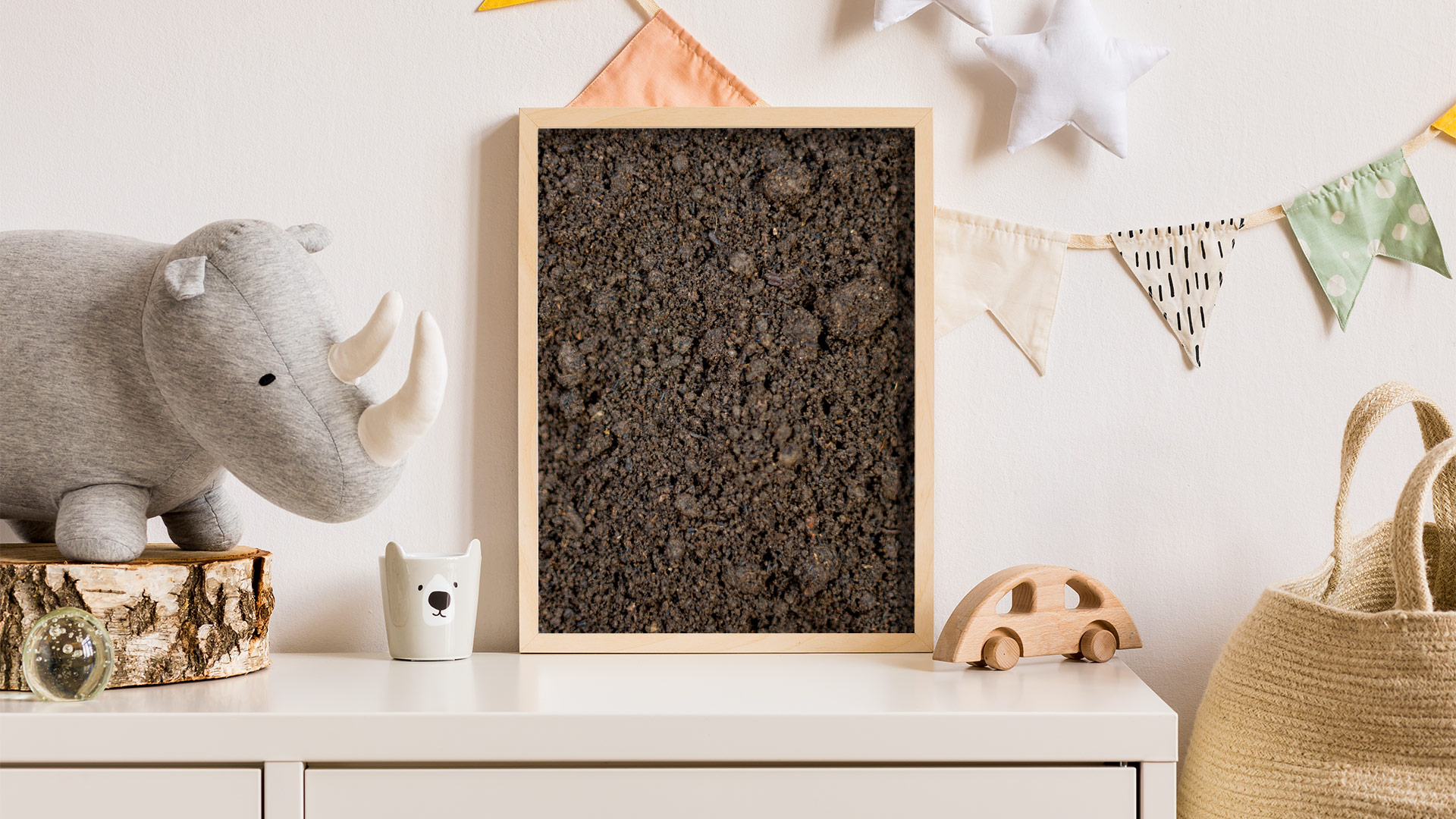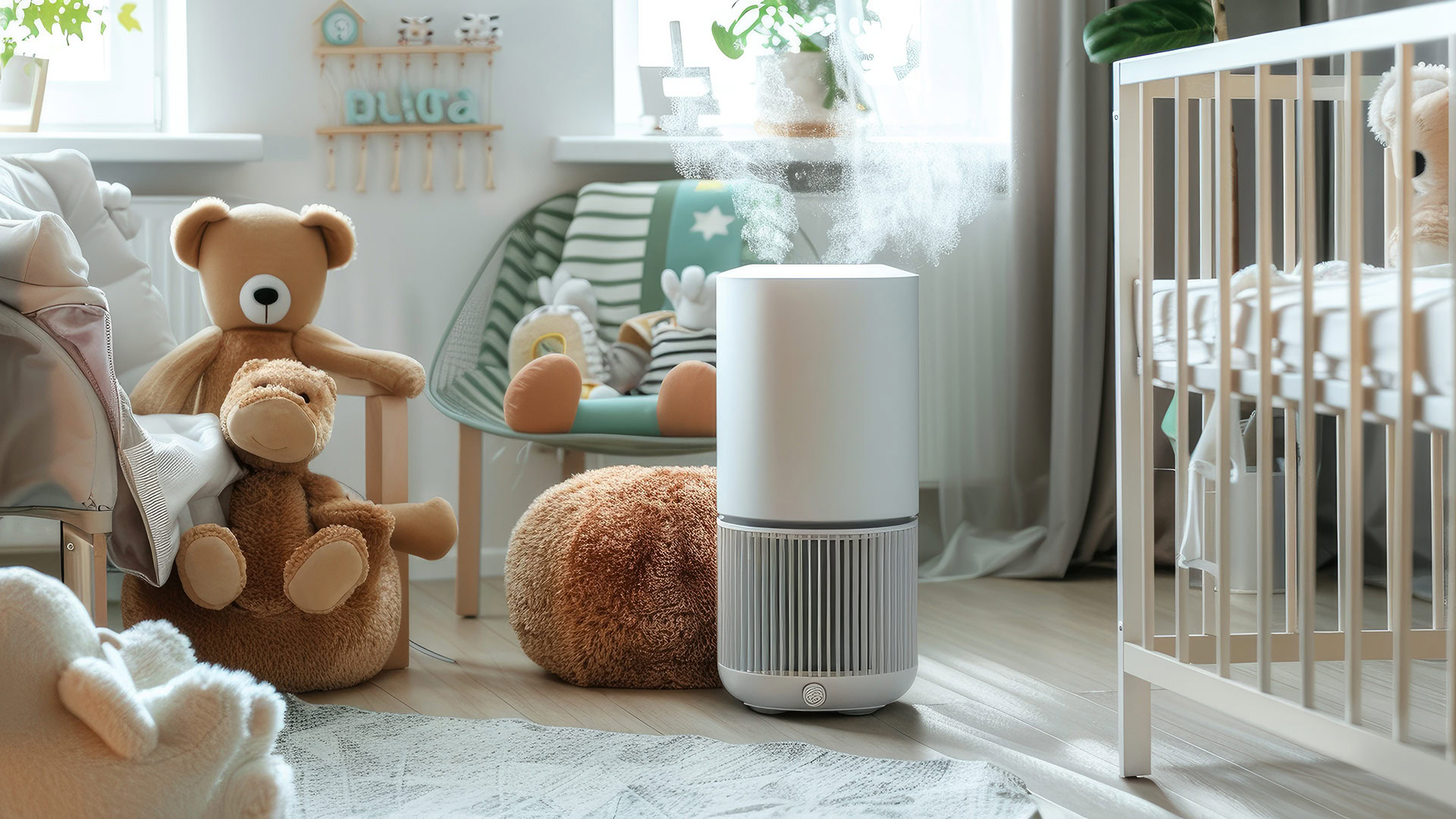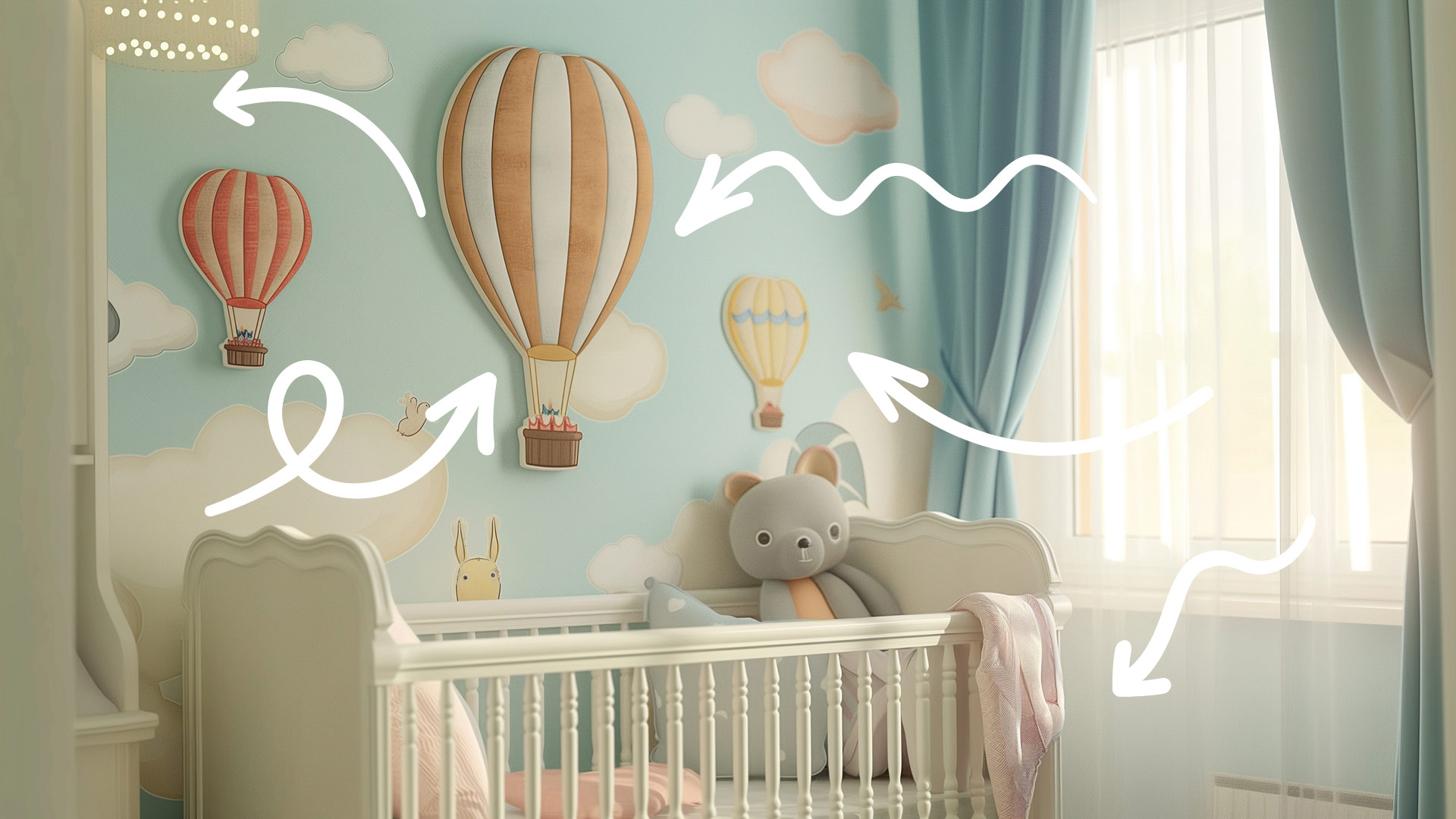
It’s a safe bet you know your home or apartment like the back of your hand. When something is off — a musty smell, a damp corner, a speck on the wall — it’s not likely to go unnoticed.
These instances are your senses telling you that action is needed. But though your senses may work well as a first line of defense, they’re often not enough, especially with a newborn entering the picture.
In this eighth and final installment of GOT MOLD?’s New Moms Healthy Home Series, we’re focusing on using technology to help monitor your home environment. Because once your baby is born, the safest bet is that your attention — and senses — will be focused elsewhere.
Stay Informed with Digital Humidity Gauges
We’ve talked about the “Goldilocks zone” for humidity—neither too dry nor too damp. To keep tabs on this, consider a digital humidity gauge that links to an app for remote monitoring through Bluetooth. This allows you to keep tabs on your home’s humidity levels from anywhere, ensuring that every room, especially where baby sleeps, has just the right amount of moisture. Govee makes a great one, which you can check out here.
For those preferring to go app-free (old school, if you will) this humidity gauge from VOCOO does the job beautifully. It offers a nice balance of simplicity and effectiveness, and gives you one less reason to look at your phone while changing diapers.
Leak Sensors: Your Early Warning System
Water leaks are sneaky little culprits that can cause big problems if left unchecked. Placing leak sensors in vulnerable areas — like that spot in the basement or beside your trusty but temperamental hot water heater — can help keep a small problem from turning into a disaster. Govee leak sensors pair seamlessly with their aforementioned humidity gauges, forming a smart defense network against moisture. Get yours here. (We swear we don’t work for Govee, we just like their products!)
A Breath of Fresh Air
Though owners of Turkish baths would say otherwise, not everything is about moisture. One of the more important aspects of healthy indoor air is low carbon dioxide (CO2) levels, which we exhale every time we breathe. CO2 is also produced when we cook with a gas stove, which is another reason kitchen exhaust vents are so crucial.
With modern construction being so tight, CO2 can quickly build up to unhealthy levels, leading to fatigue and cognitive impairment. Ever wonder why you get so tired after a few minutes of boarding a plane? Well, this is why. So, for this reason, we love the Aranet4, which monitors CO2, as well as temperature and humidity. Check out our recent Instagram post about it.
Why Sensors Matter
You’ve got a lot on your plate, and it’s impossible to be everywhere at once. Your senses are important, but well-designed technology acts far quicker than our natural detection capabilities. After all, keeping your home’s air safe for your family isn’t just an ideal, it’s essential. The effects of moisture buildup, mold growth, and CO2 exposure are too great to ignore, and they require prevention, not just reaction.
So do yourself a favor and stay one step ahead with the right monitoring tools. We promise they’ll provided invaluable peace of mind…even when your baby is scrambling it.



